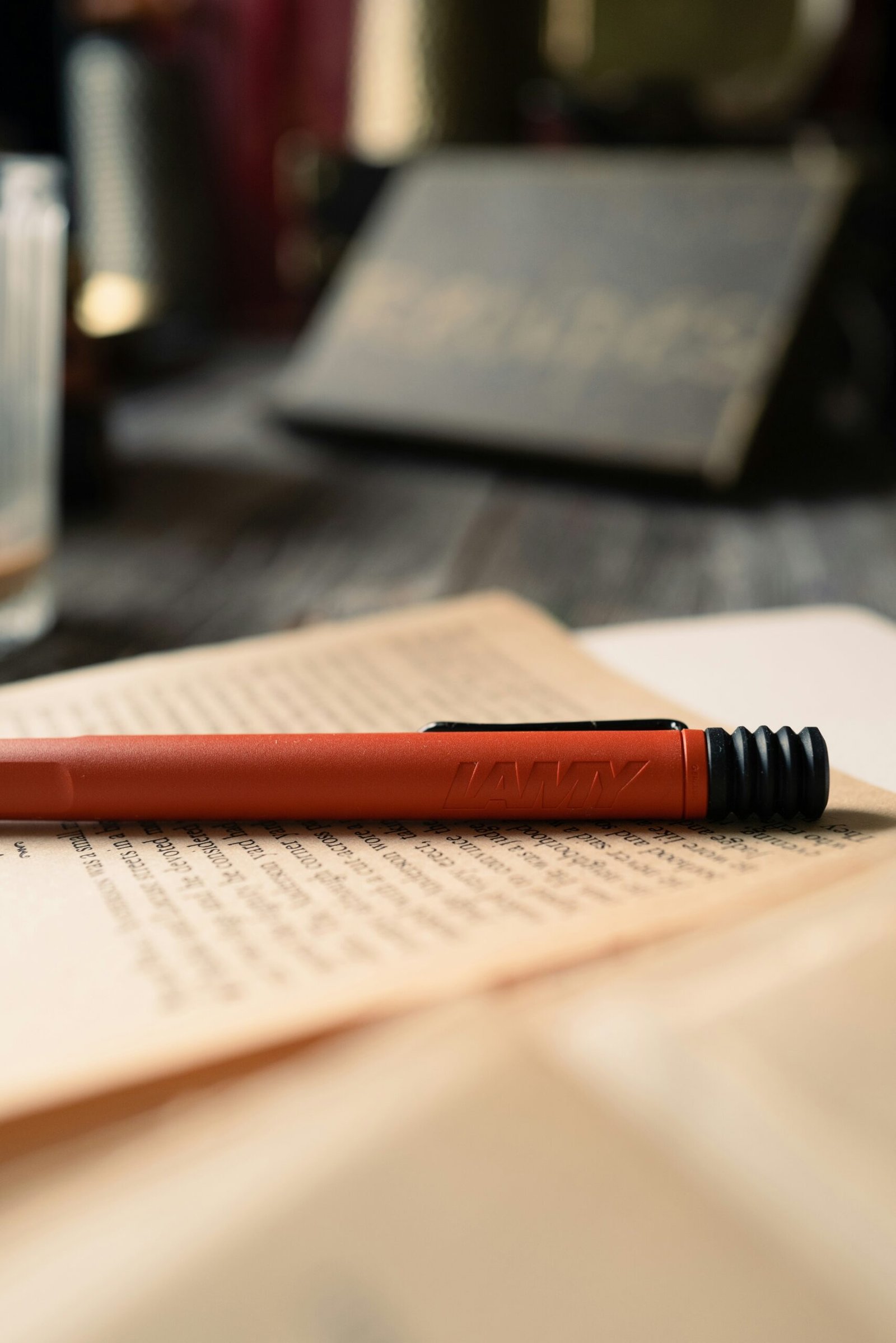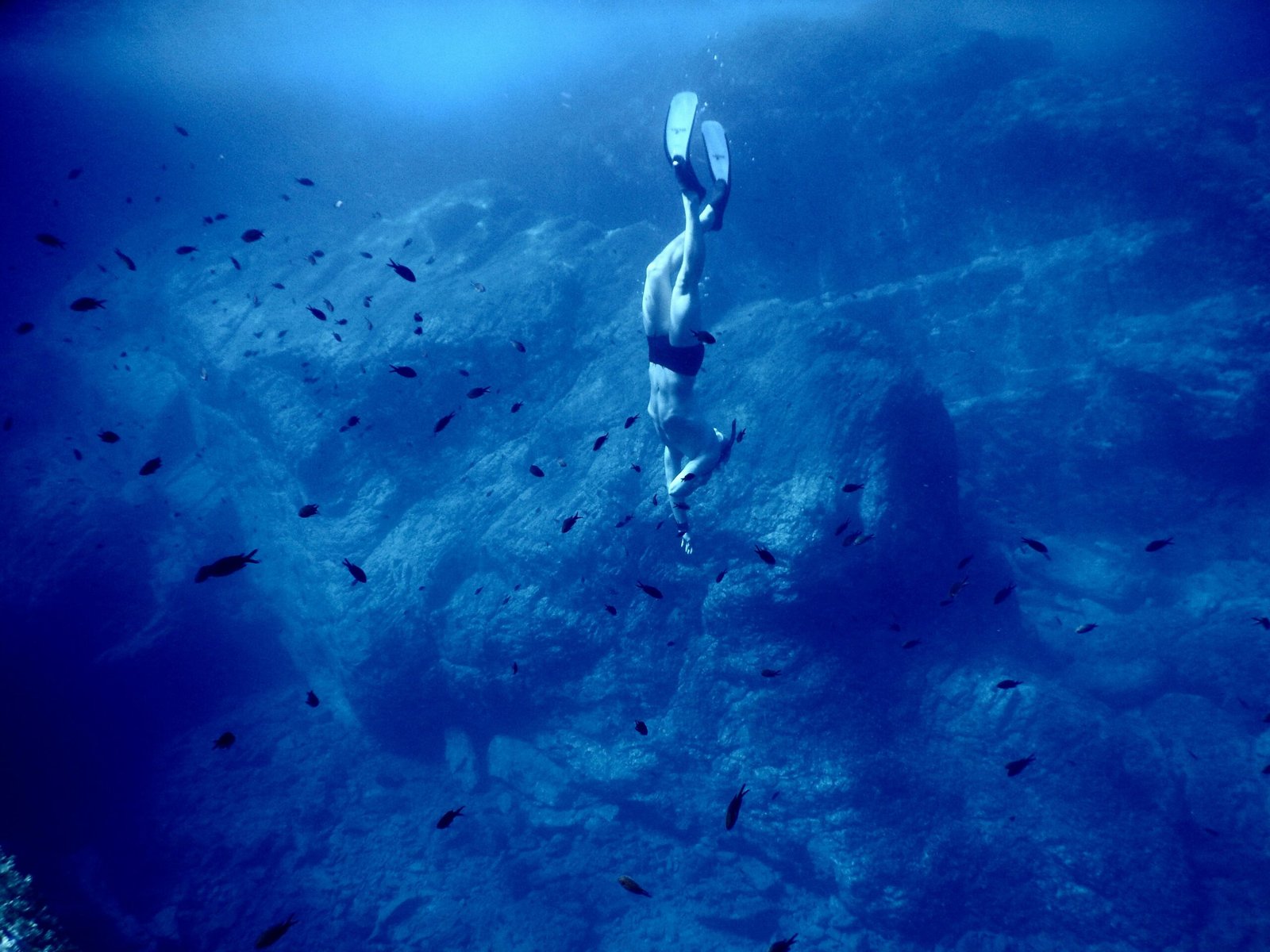Introduction to Rubber
Rubber is a versatile material, primarily derived from the sap of rubber trees, known scientifically as Hevea brasiliensis. This natural polymer has the unique ability to stretch and return to its original shape, making it an invaluable resource in various applications, from automotive to healthcare. The different forms of rubber can be broadly categorized into natural rubber and synthetic rubber, each possessing distinct properties and uses. Natural rubber is harvested from rubber trees and is characterized by its elasticity, resilience, and water resistance. On the other hand, synthetic rubber is produced through the polymerization of petroleum products, offering enhanced properties for specialized applications.
The significance of rubber in our daily lives cannot be overstated. From the tires that enable transportation to the elastic bands that hold our papers together, rubber plays a critical role in numerous products. It is utilized in household items such as footwear, seals, and gaskets, while also being essential in industrial applications including machinery parts and conveyor belts. Furthermore, the healthcare sector relies heavily on rubber for items like gloves and catheters, showcasing its importance in maintaining hygiene and health standards.
The story of rubber is not just one of a material’s utility; it is also a tale of evolution from a natural resource to a commercial product that has transformed industries. This transition has been influenced by both technological advancements and cultural practices since its discovery. Understanding the origins of rubber and its journey through history allows us to appreciate not only its physical properties but also its profound impact on society and the economy. As we delve into the fascinating story of rubber’s discovery and its subsequent evolution, we will uncover the innovative methods that revolutionized its production and use.
The Origins of Rubber: History in the Amazon
The story of rubber’s discovery begins with the ancient civilizations inhabiting the Amazon rainforest, where the natural resource was first utilized by indigenous peoples long before its eventual commercialization. These cultures, which date back thousands of years, discovered the properties of rubber derived from the sap of the rubber tree, scientifically known as Hevea brasiliensis. The indigenous populations recognized that this viscous sap could be transformed into a material that was both durable and flexible, thus incorporating it into their daily lives in various inventive manners.
Early evidence indicates that rubber was employed to create tools, sporting goods, and even footwear. The ancient Mesoamerican civilizations, such as the Olmecs and the Maya, are documented to have made rubber balls, which were utilized in ceremonial and recreational games, depicting the material’s cultural importance. Additionally, indigenous tribes used rubber to fashion waterproof bags and protective coverings, demonstrating its practical applications in their environment. This resource was not merely a physical object but a part of the cultural identity and resourceful ingenuity of these communities.
Moreover, the process of extracting rubber was a labor-intensive practice that involved tapping the rubber tree to collect its milky sap. This practice served as a sustainable source of material that could be harvested without destroying the trees, highlighting the deep connection between the indigenous peoples and their environment. The utilization of rubber in early Amazonian societies reflects not only their innovative spirit but also their reverence for nature, showcasing how they thrived in harmony with their surroundings.
As rubber gained recognition beyond the Amazon, it would eventually lead to its commercialization and widespread use globally. Nevertheless, the early history of rubber stands as a testament to the extraordinary resourcefulness of the indigenous civilizations in the Amazon, whose early understanding of this unique material laid the foundation for its development into the vital product known today.
The Quest for Rubber: European Exploration
The arrival of European explorers in the Americas during the late 15th and early 16th centuries marked a significant turning point in the history of rubber. Among the prominent figures of this era was Christopher Columbus, whose expeditions opened the gateway to a new world enriched with resources that were previously unknown to Europeans. During these early encounters, explorers came across indigenous cultures utilizing a unique substance that would later become known as rubber.
The first documented encounter with rubber can be traced back to the early 16th century when Spanish conquistadors observed indigenous communities in Central and South America using the milky sap of the rubber tree, primarily the Hevea brasiliensis. This substance was employed in various ways, from waterproofing garments to creating balls for the Mesoamerican game of tlachtli. European explorers were initially struck by the resilience and utility of this material, which differed vastly from any known European substances at the time.
However, the initial understanding of rubber was clouded by misconceptions. The Spanish and Portuguese often referred to it as “caoutchouc,” derived from the indigenous Tupi language, which means “weeping wood.” Early interpretations failed to grasp the practical applications and the potential of rubber as a commodity. Despite this, interest in rubber began to grow. Key expeditions led by figures such as Francisco de Orellana, who traversed the Amazon River, contributed to the expanding interest in this versatile material.
As explorations continued, European awareness of rubber grew, culminating in a broader recognition of its qualities. The fascinating encounters helped lay the groundwork for future developments in the rubber industry, ultimately leading to the commercialization and global spread of rubber in the 19th century.
From Curiosity to Commodity: The Commercialization of Rubber
The story of rubber’s transition from a mere curiosity to a significant commercial product is a fascinating journey that unfolded during the 19th century. Initially discovered by indigenous peoples in South America, natural rubber had captivated European explorers due to its unique properties. The initial enthusiasm led to a surge of interest that would soon catalyze an economic boom, propelling rubber into the global marketplace.
In the mid-1800s, the demand for rubber began to skyrocket with the advent of industrialization. The versatility of rubber made it an invaluable material for various applications, ranging from waterproof clothing to construction and eventually to manufacturing processes. The 1839 discovery of vulcanization by Charles Goodyear revolutionized the rubber industry. This process involved heating rubber with sulfur to enhance its durability, elasticity, and resistance to degradation, making it even more desirable for commercial purposes.
The extraction of rubber from the Hevea brasiliensis tree required innovative methods, leading to the establishment of plantations in the Amazon and later in Southeast Asia. Harvesters would make incisions in the bark of rubber trees, allowing the latex to drip into containers. This collection process eventually transformed into a systematic method, enabling large-scale production. The introduction of improved processing techniques further boosted the feasibility of rubber as a commodity, making it accessible for various industries.
As the 19th century progressed, the rubber boom accelerated due to its integral role in the rapidly expanding markets. The flexibility of rubber found applications in numerous sectors, including transportation, engineering, and healthcare, thus establishing a firm place for rubber in global commerce. The journey from a fascinating natural curiosity to a vital economic resource exemplifies how a simple material can reshape industries and communities across the world.
The Rise of the Rubber Industry
The rubber industry emerged as a significant economic force in the late 19th and early 20th centuries, driven by technological advancements and an increasing demand for rubber products. The discovery of rubber’s unique properties, such as elasticity and waterproofing, stimulated innovation in various fields including manufacturing, transportation, and consumer goods. The invention of the vulcanization process by Charles Goodyear in 1839 marked a turning point, enabling rubber to become more durable and heat-resistant, thereby expanding its applications. This development paved the way for rubber’s incorporation into automobiles, bicycles, and footwear, essential products that fueled the burgeoning industrial economy.
As the demand for rubber skyrocketed, particularly during the Industrial Revolution, rubber plantations began to sprout throughout tropical regions of the world, most notably in Southeast Asia. The establishment of large-scale plantations transformed rubber production, facilitating a more consistent and reliable supply of this crucial material. Countries like Malaysia, Indonesia, and Thailand emerged as leading producers, impacting their economies significantly. The transition from wild to cultivated rubber not only increased production efficiency but also facilitated international trade and investment, thereby shaping global economic landscapes.
The economic impact of rubber production cannot be overstated. In regions heavily dependent on rubber agriculture, the crop often represented one of the primary sources of income and employment. This led to the creation of infrastructure and local economies dependent on the rubber trade. However, the growth of the rubber industry was not without challenges. Issues such as labor exploitation, environmental challenges, and price volatility necessitated ongoing adjustments within the industry. The complexities of the rubber market continue to influence economic and ecological interactions today, demonstrating rubber’s historical significance and its essential role in modern commerce.
Innovations in Rubber Processing
The story of rubber is not solely about the material itself but also about the transformative innovations that have enabled its extensive applications. One of the most pivotal advancements in rubber processing is the discovery of vulcanization, a process that fundamentally altered the properties of rubber. In the early 19th century, Charles Goodyear made groundbreaking contributions to the field by introducing heat and sulfur to raw rubber, significantly increasing its strength and elasticity. This process allowed rubber to withstand varying temperatures and enabled its use in a myriad of applications, from tires to waterproof clothing.
Following Goodyear’s invention, other inventors recognized the potential of rubber and sought to refine its processing methods. For instance, the development of synthetic rubber during World War II marked a significant milestone, as it provided a reliable substitute when natural rubber supplies were compromised. This innovation not only addressed wartime needs but also laid the groundwork for the versatile rubber products we rely on today. Scientists such as Walter H. P. W. W. F. McKeen and others played a crucial role in enhancing synthetic rubber formulations, leading to improved performance characteristics and broader applicability.
The advancements in rubber processing did not stop with vulcanization and synthetic production. Techniques such as compounding, where additives are mixed with rubber to enhance its properties, further expanded the scope of rubber in industries including automotive, aerospace, and healthcare. The introduction of carbon black as a reinforcing agent greatly improved the tensile strength and durability of rubber products. These innovations collectively contributed to the material’s remarkable versatility, enabling the synthesis of specialized rubbers tailored for specific uses such as high-temperature resistance and increased durability against wear.
As research continues and new technologies emerge, the potential for rubber processing innovations remains vast, ensuring that this remarkable material will continue to evolve and serve a myriad of functions in our daily lives.
Environmental and Ethical Considerations
The production of rubber, particularly natural rubber derived from the Hevea brasiliensis tree, has raised significant environmental and ethical concerns over the years. One major issue is deforestation. As the demand for rubber has increased, vast areas of tropical forests have been cleared to establish rubber plantations. This deforestation not only destroys critical habitats for countless species but also contributes to climate change by releasing stored carbon dioxide into the atmosphere. The clearing of forests can lead to soil erosion and disrupt local water cycles, affecting both the environment and agriculture in surrounding regions.
Another pressing concern involves the impact on indigenous communities. Many of the areas that have been converted into rubber plantations traditionally belong to indigenous peoples who rely on the land for their livelihoods and cultural practices. The establishment of plantations often leads to land disputes, displacing these communities and stripping them of their ancestral rights. Such actions can severely affect their social structures and economic stability, resulting in further marginalization and loss of traditional knowledge.
Given these challenges, the rubber industry faces widespread calls for improved sustainability practices. Various organizations and initiatives are working to promote sustainable rubber production methods that seek to balance economic needs with environmental and social responsibility. These practices include certifications for sustainable rubber, the development of eco-friendly alternatives, and the promotion of agroforestry systems that integrate rubber cultivation with other crops. Such solutions aim to reduce deforestation, support indigenous rights, and maintain biodiversity while still meeting the global demand for rubber.
To address these pressing issues effectively, collaboration among governments, corporations, and local communities is essential. By engaging stakeholders at all levels, it is possible to create a rubber industry that respects environmental integrity and the rights of indigenous people while contributing positively to local economies.
Modern Uses of Rubber: Beyond Tires
Rubber plays an integral role in numerous industries, extending well beyond its most recognizable application in tire manufacturing. Modern uses of rubber have evolved significantly, driven by innovation and research that have resulted in the development of a variety of new, high-performance products tailored to meet the demands of diverse sectors.
In the automotive industry, rubber is essential not just for tires, but also for seals, gaskets, and hoses. These components are crucial for ensuring vehicles operate efficiently and safely, contributing to improved fuel performance and reduced emissions. Moreover, advancements in rubber technology have led to the creation of synthetic alternatives that enhance durability and resistance to heat and chemicals, pushing the boundaries of vehicle performance.
The healthcare sector has also recognized the versatility of rubber, especially in the form of medical-grade elastomers. These materials are incorporated into products like gloves, catheters, and various types of medical tubing, providing flexibility, biocompatibility, and sterility. Innovations in rubber have led to the development of smart medical devices that utilize advanced rubber materials to monitor patient conditions, exemplifying the blend of healthcare and technology.
Additionally, the construction industry utilizes rubber in numerous applications such as roofing membranes, sound dampening systems, and flooring materials. The properties of rubber, including its resistance to weathering and its capacity for shock absorption, make it an attractive choice for enhancing the longevity and functionality of buildings and infrastructure.
Other sectors, such as electronics, aviation, and sports equipment, also rely on rubber for specialized products. Each innovation has transformed rubber into a multifunctional material that meets the specific needs of various industries. In conclusion, the discovery and development of rubber have led to a wide array of applications that significantly impact contemporary life and technology.
Conclusion: The Legacy of Rubber Discovery
The discovery of rubber has profoundly influenced various aspects of modern life and global trade. From its ancient origins in South America, where indigenous communities utilized the material for practical applications like waterproofing and ceremonial purposes, rubber has transcended its initial utility to become a cornerstone of contemporary manufacturing and technology. Today, rubber is essential in a myriad of products ranging from tires and footwear to medical supplies and industrial components. This transformation signifies not just a shift in material usage but also illustrates the ingenuity of those who recognized its vast potential.
Looking ahead, the future of rubber holds both promising advancements and significant challenges. Innovations in synthetic rubber production are expected to continue evolving, offering enhanced performance characteristics and sustainability. These advancements may also play a crucial role in addressing environmental concerns associated with natural rubber cultivation. For instance, synthetic alternatives can alleviate pressures on rainforests while potentially reducing the carbon footprint of rubber production.
Nonetheless, challenges persist, particularly regarding the sustainability of rubber plantations and their impact on ecosystems. Balancing economic demands with environmental stewardship remains a critical issue for producers and consumers alike. There is also an increasing emphasis on developing eco-friendly materials that serve as substitutes for traditional rubber. These innovations may reshape the landscape of rubber usage in the coming years, aligning with global initiatives aimed at reducing reliance on fossil fuels and minimizing environmental degradation.
Ultimately, the legacy of rubber discovery is a multifaceted narrative that intertwines cultural history, technological advancement, and ecological responsibility. As we continue to explore the applications and implications of rubber, its significance in enhancing our daily lives is undeniable, underscoring the need for informed and sustainable practices as we move forward into an increasingly interconnected world.



